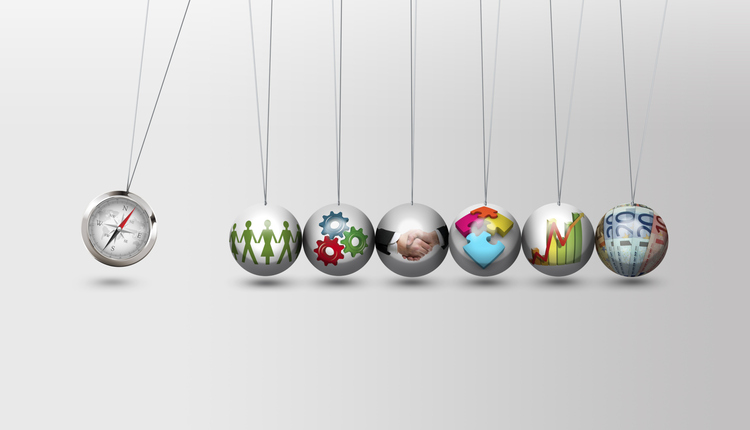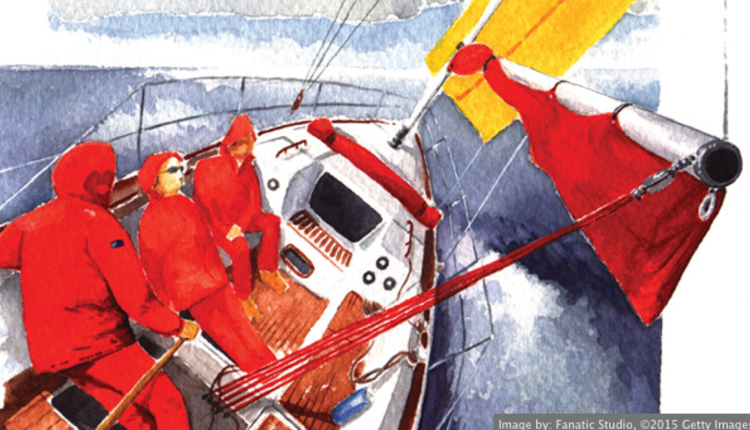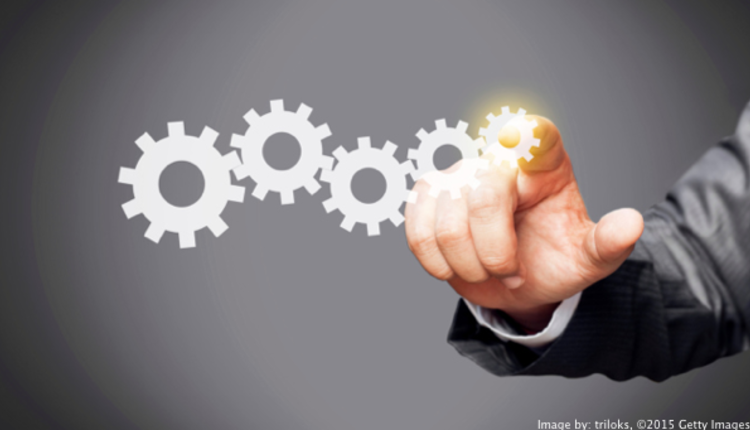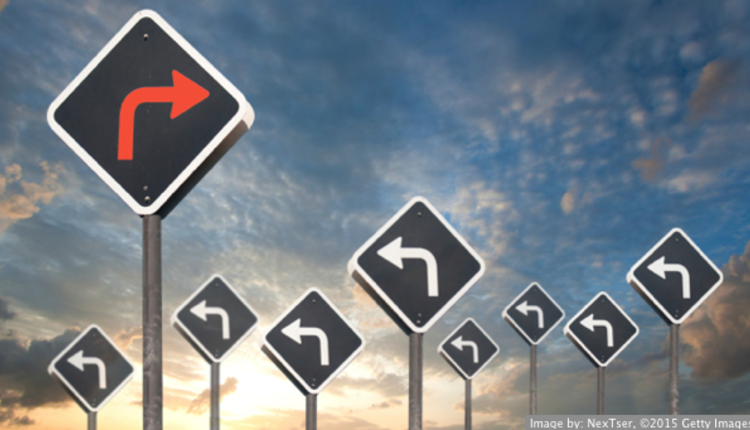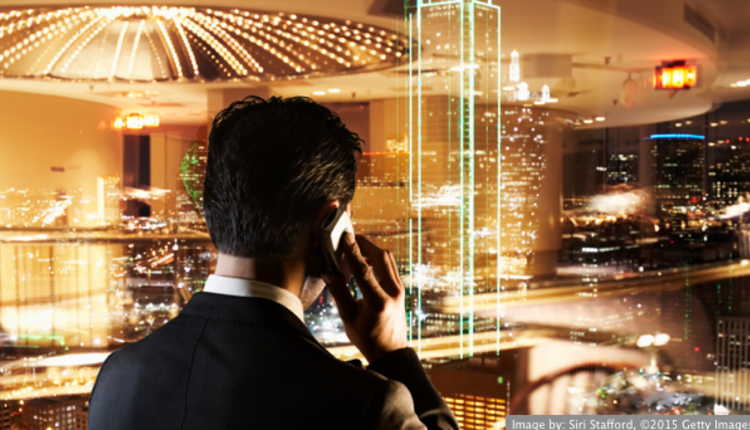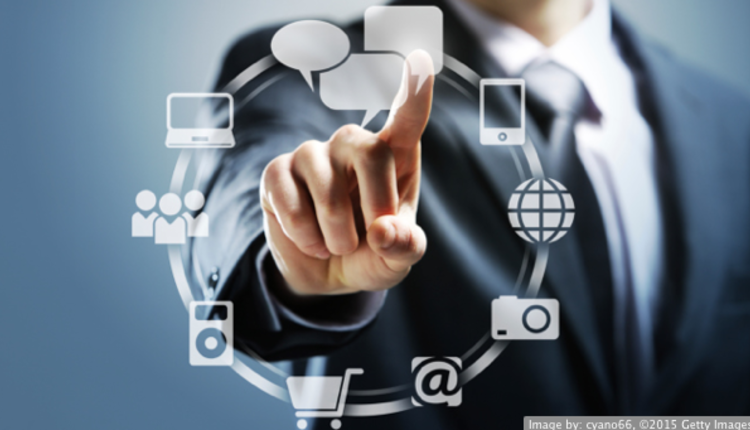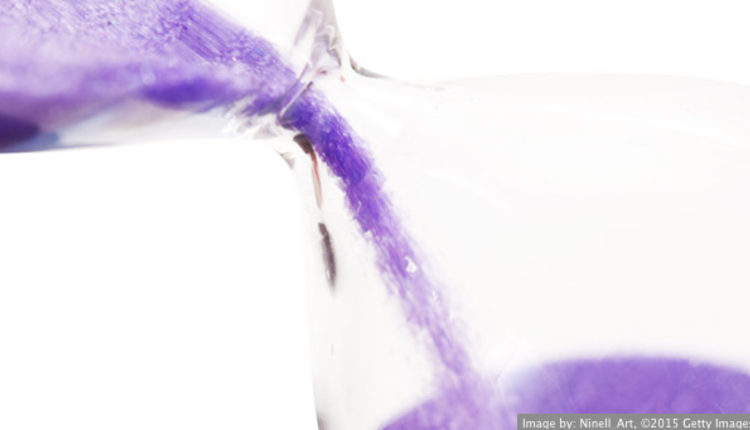Going paperless seems simple enough in concept, but when it comes to execution, many companies are paralyzed by a loss of control. Many wonder what will happen by giving the customer an opportunity to "opt out" of email delivery and go back to paper delivery. The benefits of handing over "control" to the consumer far outweigh the risks. Electronic communications actually provide more insight into the consumer allowing them to share their preferences for how they want to be communicated with, via which channel, the frequency of contact and the content they prefer to see. A static paper bill simply cannot provide the opportunity to better understand the customer.
Understanding the benefits of going paperless is a powerful motivator for organizations to embark on such an initiative. The best place to kick-start a program is to incent customers to make the move to go paperless. Incentives are proven to work and turn skeptical consumers into believers. From a one-time discount to a free offering on services, to coupons, sweepstakes and a recurring discount on monthly bills, using powerful incentives to motivate customers is critical to the success of the program. It is important to not only track the incentives that convert customers to paperless, but it is equally important to track which promotion maintains paper suppression. You don't want to see a customer going paperless to receive the incentive and then turning paper back on the next month. Keep in mind that "going green" has limited effectiveness. Most customers that will suppress for environmental reasons are likely to suppress on their own.
Another critical success factor is educating your customers about the benefits and potential drawbacks. Be transparent about your paperless program. While providers can auto-suppress through online terms and a condition, clearly communicating the change along with the benefits provides a better long-term customer experience with less confusion. Confusion will lead to costly call center interactions. For example, one of the biggest barriers customers have to going paperless is that they believe they can never go back to paper. Therefore, clearly communicate the benefits of going paperless, and let the customer know he or she can easily turn paper back on. Consider showing them visually through images and videos how this works. Organizations can also evaluate allowing the customer to participate in a trial period, receiving both paper and electronic bills for a specific period of time (60 or 90 days). At the end of the trial, ask the customer to choose which channel they would prefer. This strategy creates a lift, as the customers can experience both and realize they receive the same document via electronic as they do via print.
It's important to keep in mind which electronic technologies consumers prefer for communications. While there are plenty of capabilities available for smartphones and SMS text messaging, for most consumers, their preferred communication channel is email. In fact, according to the Pew Internet & American Life Project, sending and reading email remains the number one activity on the Internet. It's a communication tool that customers are intimately familiar with and very comfortable using.
In addition to its ubiquity, email still remains the most cost-effective way to communicate one-to-one with customers and drive interest in new services. A MarketingSherpa study found that more than 90% of consumers will open a printed transactional communication, such as a bill reminder or statement, and upwards of 75% will open a transactional email. Unlike a paper bill delivered to a mailbox, an email delivered to an inbox is by default more personalized.
However, offering a range of options will drive success as multi-channel enablement increases overall adoption. For example, consider enabling Biller Direct, secure email attachments, consolidator (bank portals) and digital mailbox applications. While there will be some channels that have significantly higher adoption, such as "Biller Direct," the collective adoption will be what drives adoption levels to hit strategic goals, and duplicate channel adoption is usually less than three percent.
To combat duplicate channel adoption, companies should consider adopting a rules-based paperless gateway that can control how many channels a customer can have enabled. Ensure customer care applications are mobile optimized and that customers can go paperless via mobile web apps, if they so choose.
Companies should also take advantage of the opportunity to cross-promote through all communication channels — CSR, email, paper, QR Codes, IVR, mobile and SMS — but focus on promoting paperless through non-electronic channels. Often, the focus is to present paperless options via websites, but the customers who are not paperless are interacting in non-electronic channels like print and the Call Center. Promoting via the Call Center and print can be a very effective strategy. In addition, to ensure ongoing program adoption, companies should consider running quarterly email campaigns coupled with incentives to continually target paper customers to go paperless.
Going paperless is beneficial to both the organization and the customer. By matching the right incentives with the right communication channels, companies can not only introduce services, such as paperless billing, but develop more successful and profitable customer interactions.
MATT KEARNEY has spent the past 10 years focused on web applications. He serves as the product manager at CSG International. Prior to joining CSG, Mr. Kearney held Business Development roles at TransUnion and AT&T Business Services.
